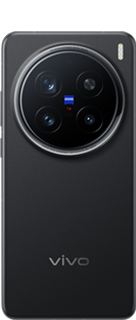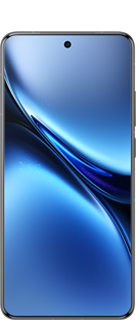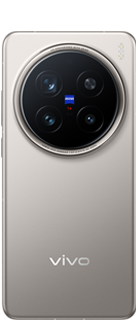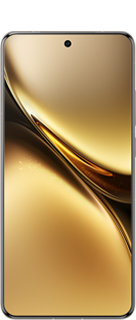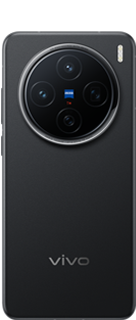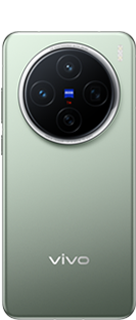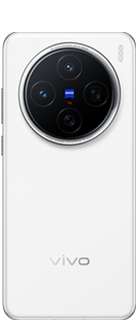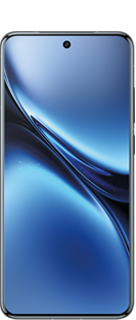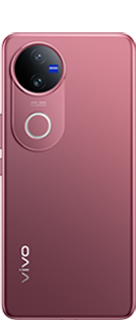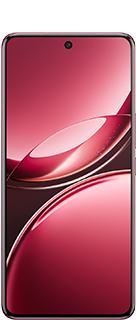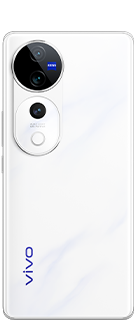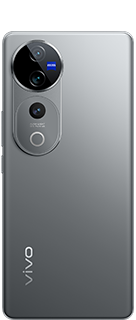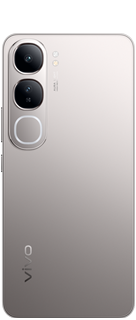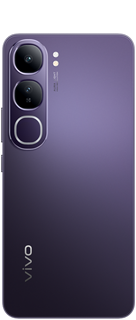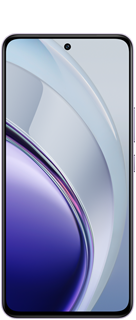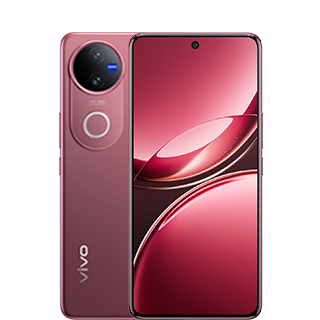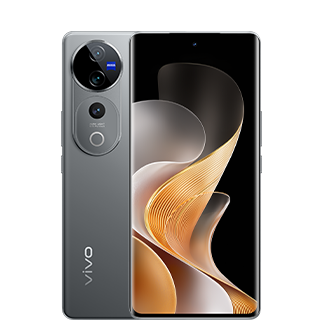A Romantic Idea
vivo understands that most consumers want a product with beautiful aesthetics as well as excellent functional capabilities. But the company wants to go one step further and give users the freedom to express their personalities and style through our unique Color Material Finish (CMF) designs. Our latest color-changing smartphone concept was inspired by the cycle of night and day, as well as the fascinating shifting colors of chameleons blending into their environment. Featured on a diverse range of models with unique designs,our dual-color technology enables users to convey their emotions and personal style, enriching the user experience.

Our pursuit of excellence in innovation has resulted in the discovery of a material with color-changing properties when exposed to UV light. We adapted and applied the material to our products, giving them an exterior that reacts to the environment by changing its color without requiring additional energy. This original CMF design builds on vivo’s recognizable design language, retaining the smartphone’s slim and sleek form factor and excellent reception capabilities.
The photochromic Color Changing Glass technology is a state-of-the-art design that allows the exterior of the device to display two completely different colors depending on the light conditions. The photochromic Color Changing Glass technology displays more vibrant, exciting colors compared with other color-changing technologies, such as those enabled by electrochromism, allowing our designers to go beyond previous limitations and push the boundaries of CMF design.
A Challenging Process
With this romantic, though ambitious, dream, vivo began the search for materials that could display the most reliably exciting color change. At that time, the technology was nowhere in sight. Starting in 2018, our project team experimented with countless different materials, including the photochromic materials. However, the photochromic materials we used at the initial stage were not durable as it may cause our CMF design to be compromised. We had to give them up.
Though the project team was not discouraged and started to look for better alternatives by studying academic papers, attending industry fairs, and exploiting our supply chain resources. After testing six materials supplied by manufacturers in Germany and Japan,they finally settled on a material that performed well enough to be used in smartphones.By then, it was already 2020.

The Tested Materials
Following the discovery of such incredible material, another challenge arose – how to apply the photochromic material without affecting the smartphone’s functions.The photochromic molecules are a class of molecules that change color when stimulated by a light source, and the color effects depend on the internal molecular structure of the material. To create a color changing surface, we needed innovative ways to process the bottom layer of the explosion-proof film which was attached to the rear glass panel.To be specific, we needed to ensure the even blending of the bottom material and the color-changing material.
After discussions by vivo’s experts, seven proposals for the material combo were then put forward through expert discussions, and the optimal application was selected based on color rendering, cost, durability, ease of use and other aspects.
Meanwhile, the project team significantly raised the original testing standards, and only settled on the final solution when it was certain that the outcome was satisfying.

The Light Experiments
During the process, testing the color effects under different light conditions was a major step. By doing so, the applied materials were exposed in the natural sunlight under variable quantity of time and temperature. Interestingly, UV nail lamps later became one of the choices to stimulate UV lights in addition to laboratory UV lamps because of their flexibility. That way, the team was able to quickly see the color-changing effects, and patterns created by covering specific objects on the materials. Through telling how good the color-changing effects and the patterns performed, as well as their time of existence, the team was allowed to accordingly adjust the proportion of materials and waiting for the ideal. More than 15 different colors were studied, and only a few of the color-changing effects passed the rigorous screening that allowed them to be later brought to consumers.
Eventually, the process came to the final sprint – completing the mass production testing to ensure the application of photochromic materials meets the product launch standard. It was the first time that photochromic materials had been used on a large scale, which meant that testing with new inspection standards was needed, as well to establish an entirely new supply chain.

One of the most important criteria is to show resistances to weather and aging. To test how our prototypes perform, the prototypes went under rigorous experiments in vivo’s lab. The first was a UV aging test, where prototypes were irradiated for 96 hours using QUV Accelerated Weathering Tester. One cycle of testing consisted of 4 hours of UV exposure and 4 hours of humidity condensation, and the entire process took up 12 cycles in total. The second experiment concerned solar radiation. Placed in a box under a hernia lamp, the prototypes were irradiated for 20 hours and stayed in darkness for 4 hours.*
This counted as one cycle and the solar radiation process consisted of 3 cycles overall.
Besides being able to resist to weather and aging, showing resistances to many other real-life scenarios were also necessary. Thus, the prototypes had also undergone a series of tests including heat&cold stress, salt spray and roller drop test, to prove its abilities of resisting to hand sweat, cosmetics, the random drop, etc. Finally, the prototypes survived with outstanding performances of meeting the needs of users’ daily life scenarios, and we knew that it was time.
A Tried-and-True Success
In July 2021, the photochromic Color Changing Glass technology was successfully launched as scheduled. Since its release, it has received widespread praise from consumers. Many vivo users express their love of the technology, with one user saying, "I can play with this phone all day." The team was delighted to hear such positive feedback on all their hard work. “This is a great achievement for our whole team,” one of the vivo design team members said. “The fact that we were able to innovatively apply the technology on a mass-produced smartphone is a milestone for us."
At vivo, innovation is not just a slogan but a practical way to explore what users want most and create outstanding new product experiences to meet those needs. Innovation is never an easy process. From the discovery of photochromic materials to the final design and application, the three-year process was not without its challenges, but the project team stayed focused on the final goal. This is because delivering extraordinary experiences to users is vivo’s passion and promise.
*All data is based on our technical design parameters, laboratory test results and supplier test data. Actual performance may vary depending on software version, specific test environment and phone model.
